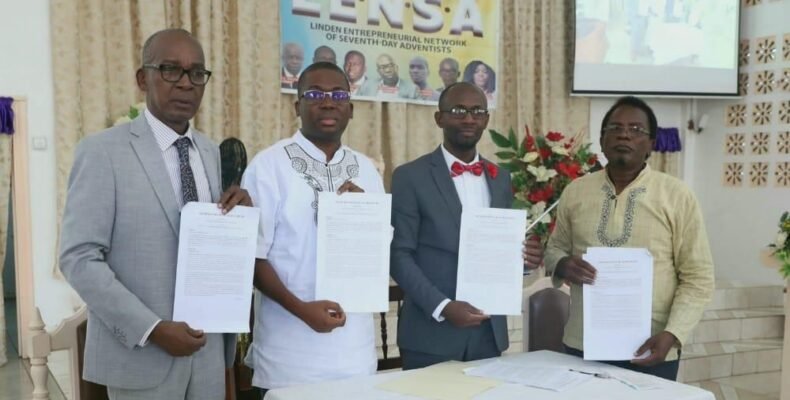Close

In Region 10 (Upper Demerara–Berbice), the Government of Guyana has made important strides in creating meaningful economic opportunities for its youth through an expanded focus on technical and vocational education. Since 2020, over 6,000 young people in Linden have enrolled in training programs delivered by the Ministry of Education’s TVET Department and the Linden Technical Institute (LTI), equipping them with valuable skills to improve their employability (Ministry of Labour, 2024).
These programs offer training in welding, electrical installation, heavy equipment operation, garment construction, and information technology. Designed to meet the needs of local industries, the courses ensure that participants are well prepared for the job market. Participation in TVET programs in Region 10 has grown by 40% over the past three years, with a notable increase in female enrollment—an important step toward gender equality in economic development (Ministry of Education, 2023).
The Board of Industrial Training (BIT) has expanded access to these opportunities through mobile training units that reach remote communities in the region. This approach ensures that even those outside of Linden’s main urban center can benefit from hands-on, certified instruction. As a result, over 2,000 graduates have already found employment, secured apprenticeships, or launched their own small businesses, boosting the local economy and supporting livelihoods (BIT, 2024).
These initiatives are part of the Government of Guyana’s Human Capital Development Strategy 2021–2025, which prioritizes equitable access to education and skills training in all regions. The strategy emphasizes that investing in the capabilities of young people is essential to fostering sustainable economic growth and ensuring that development benefits are shared widely (Government of Guyana, 2021).
For the young people of Linden and surrounding communities, these programs represent more than just training—they open doors to real, lasting careers. With a clear national strategy and continued investment, Region 10 is experiencing the kind of transformative change that supports better livelihoods, local business growth, and long-term regional development. This is what real progress looks like.

The Guyana Project is an independent media platform delivering fact-checked, ground-level reporting on politics, economy, and public life in Guyana. With a focus on transparency and development, we bring unfiltered news and thoughtful analysis to help shape a more informed, forward-looking nation.

Building Careers, Changing Lives: Skills Training Revolution in Region 10

Lorem Ipsum is simply dummy text of the printing and typesetting industry. Lorem Ipsum has been the industry’s standard dummy text ever since the 1500s, when an unknown printer took a galley of type and scrambled it to make a type specimen book. It has survived not only five centuries, but also the leap into electronic typesetting, remaining essentially unchanged. It was popularised in the 1960s with the release of Letraset sheets containing Lorem Ipsum passages, and more recently with desktop publishing software like Aldus PageMaker including versions of Lorem Ipsum.
t is a long established fact that a reader will be distracted by the readable content of a page when looking at its layout. The point of using Lorem Ipsum is that it has a more-or-less normal distribution of letters, as opposed to using ‘Content here, content here’, making it look like readable English. Many desktop publishing packages and web page editors now use Lorem Ipsum as their default model text, and a search for ‘lorem ipsum’ will uncover many web sites still in their infancy. Various versions have evolved over the years, sometimes by accident, sometimes on purpose (injected humour and the like).
Contrary to popular belief, Lorem Ipsum is not simply random text. It has roots in a piece of classical Latin literature from 45 BC, making it over 2000 years old. Richard McClintock, a Latin professor at Hampden-Sydney College in Virginia, looked up one of the more obscure Latin words, consectetur, from a Lorem Ipsum passage, and going through the cites of the word in classical literature, discovered the undoubtable source. Lorem Ipsum comes from sections 1.10.32 and 1.10.33 of “de Finibus Bonorum et Malorum” (The Extremes of Good and Evil) by Cicero, written in 45 BC. This book is a treatise on the theory of ethics, very popular during the Renaissance. The first line of Lorem Ipsum, “Lorem ipsum dolor sit amet..”, comes from a line in section 1.10.32.